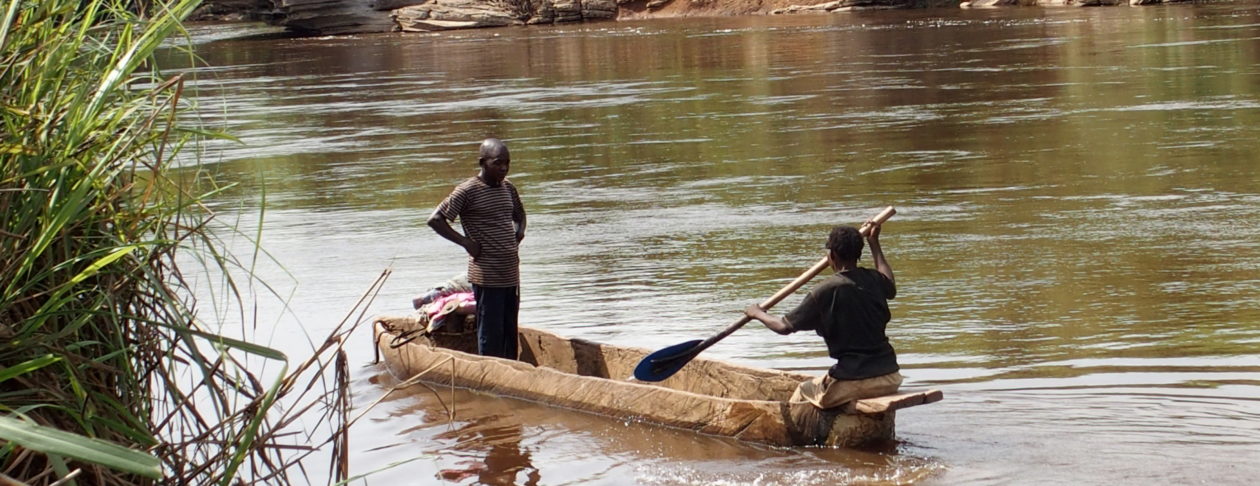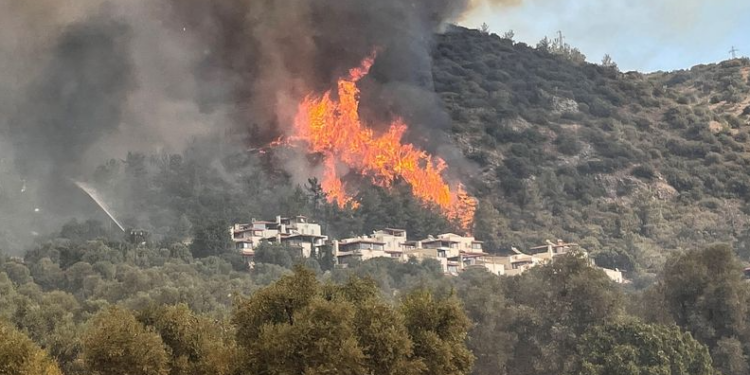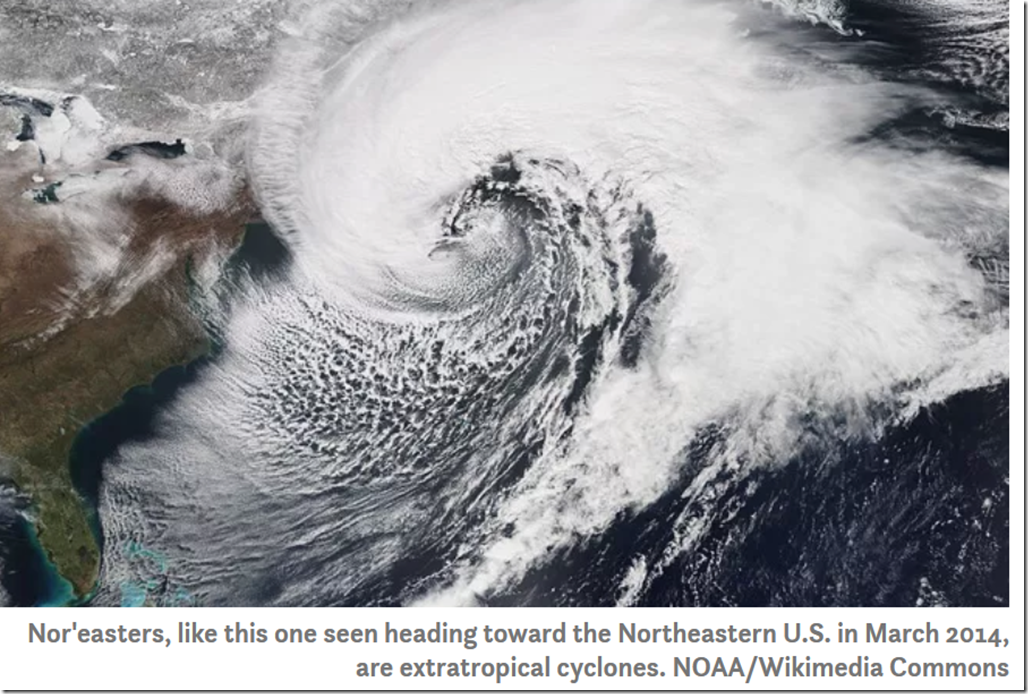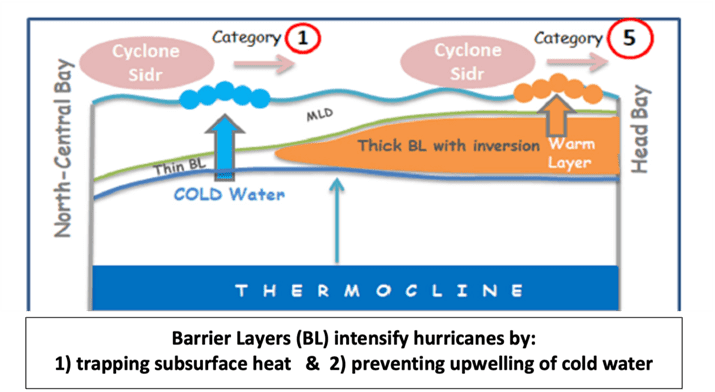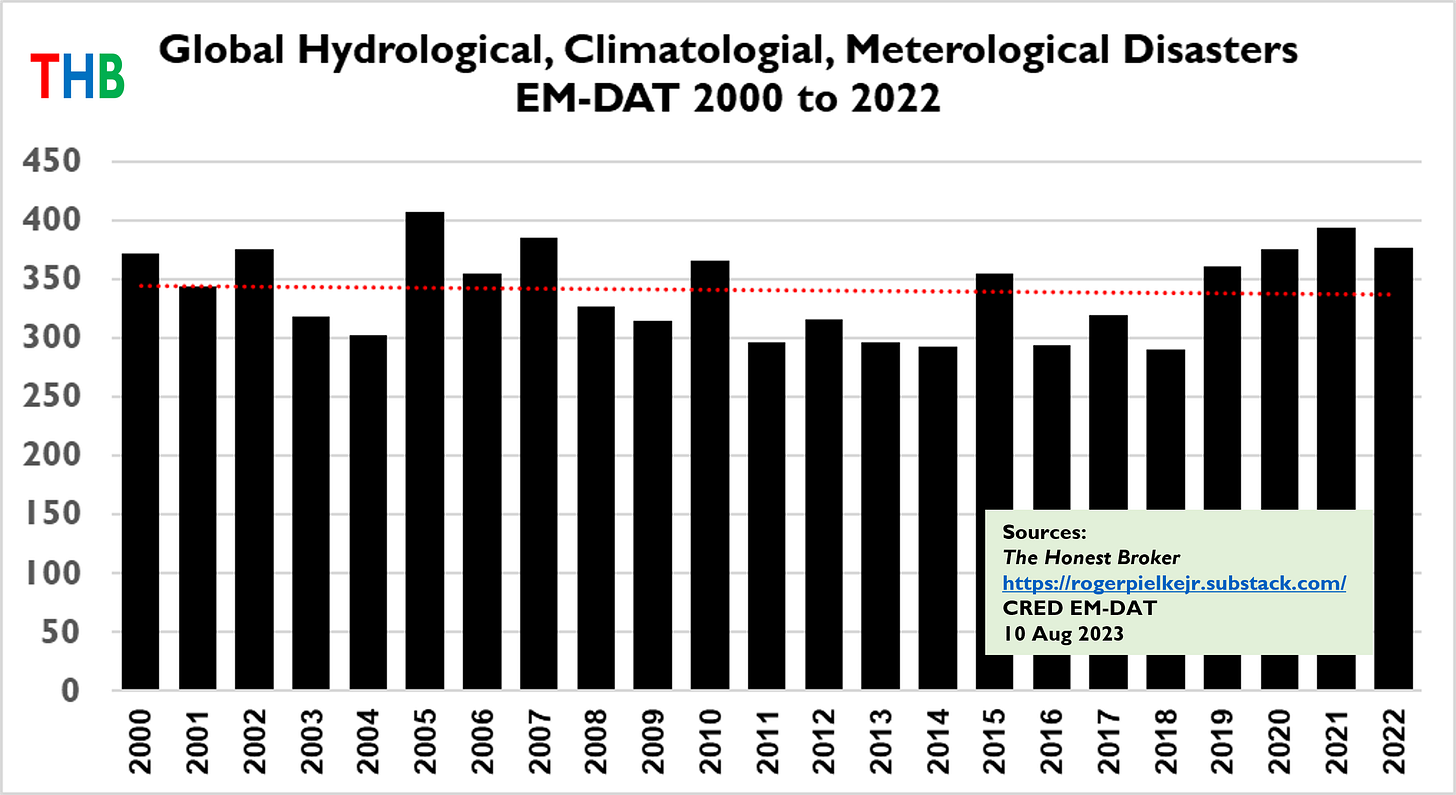by A. Watts, Apr 18, 2024 in WUWT
An article by the website ProPublica titled The Flooding Will Come “No Matter What” linked to Hurricane Katrina, storm refugees, and climate change, claiming that the storm was evidence of the beginning of a “climate migration” in America. [emphasis, links added]
The connection is false. Data refutes a climate connection to any particular hurricane or trend in migration.
The article does a lot of rambling coverage of a family that was displaced by Hurricane Katrina back in 2005, saying:
Another great American migration is now underway, this time forced by the warming that is altering how and where people can live. For now, it’s just a trickle. But in the corners of the country’s most vulnerable landscapes — on the shores of its sinking bayous and on the eroding bluffs of its coastal defenses — populations are already in disarray.
The article goes on to follow the trials and tribulations of a single family who had their home destroyed during Hurricane Katrina.
ProPublica believes this case is evidence of climate change causing a “migration,” because the family has not moved back to the same location.
The article itself cites no data or study to support its claim about Hurricane Katrina. Rather, it simply states the author’s opinions as if they were established facts.
Later the article similarly describes families displaced by the 2018 Camp Fire in Paradise, Calif., as climate refugees, writing:
As the number of displaced people continues to grow, an ever-larger portion of those affected will make their moves permanent, migrating to safer ground or supportive communities. They will do so either because a singular disaster like the 2018 wildfire in Paradise, California — or Hurricane Harvey, which struck the Texas and Louisiana coasts — is so destructive it forces them to, or because the subtler “slow onset” change in their surroundings gradually grows so intolerable, uncomfortable or inconvenient that they make the decision to leave, proactively, by choice.
First, it should be noted that weather events such as hurricanes are not proof of climate change, and ProPublica is falsely conflating short-term weather events with long-term climate change.
Further, as discussed in Climate at a Glance: Hurricanes, even the U.N. Intergovernmental Panel on Climate Change (IPCC) admits to finding no increase in the long-term frequency or severity of hurricanes.
Also, after Katrina, the United States went through its longest period in recorded history without a major hurricane strike and recently experienced its fewest total hurricanes in any eight-year period.
There has been no increase in the number or intensity of tropical cyclones since 1972 as the planet has modestly warmed. Indeed, for some basins, the data suggests tropical cyclone frequency has declined over the past century.
Data presented in more than 100 previous Climate Realism posts here, here, here, and here, for example, clearly show that hurricane trends have been relatively flat over the past 50 years of modest warming, and the trend in powerful Atlantic hurricanes is downward (see the figures below).
…
